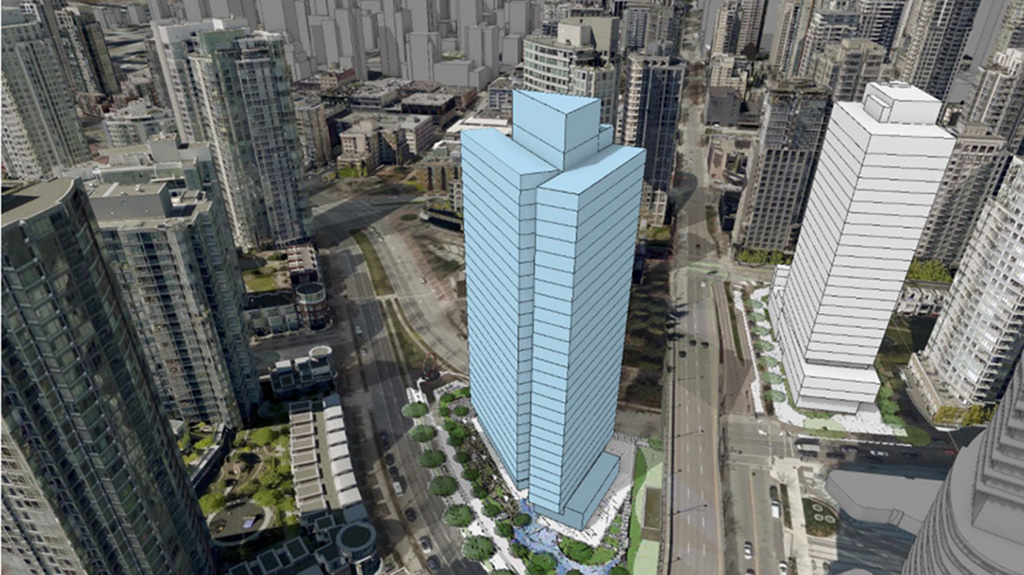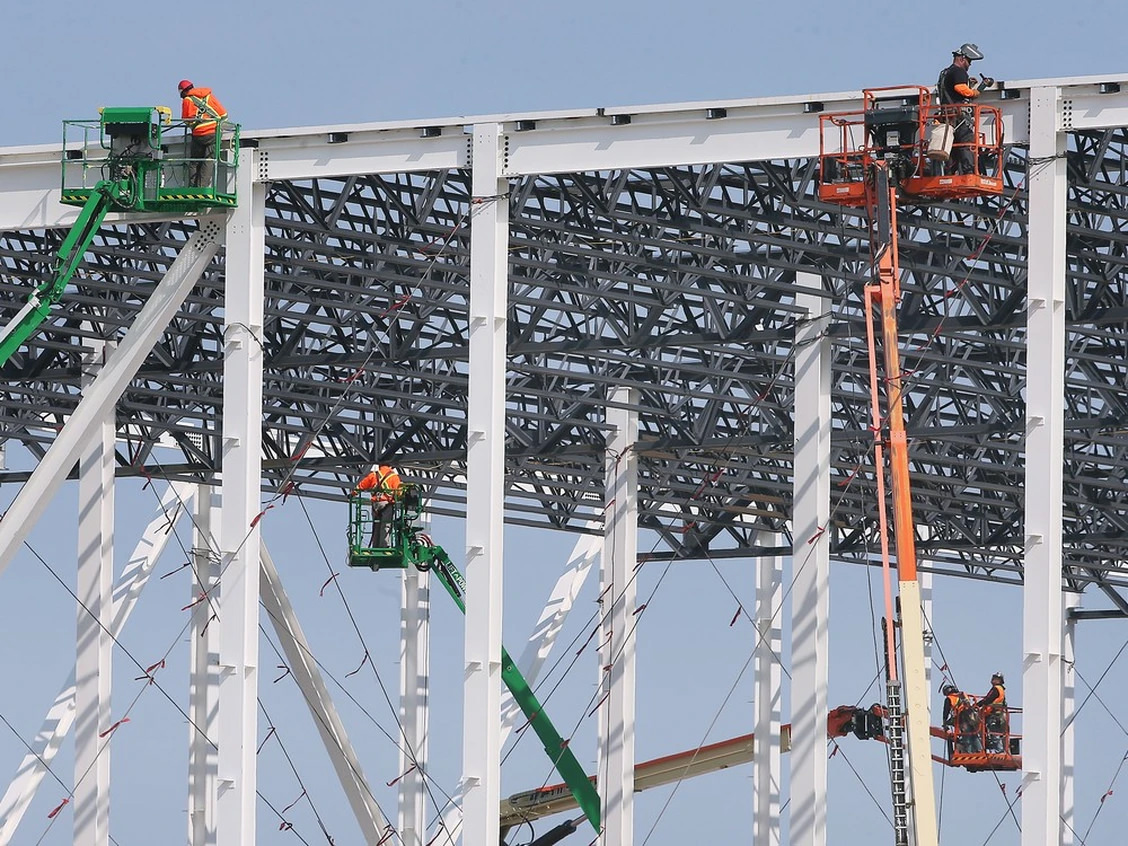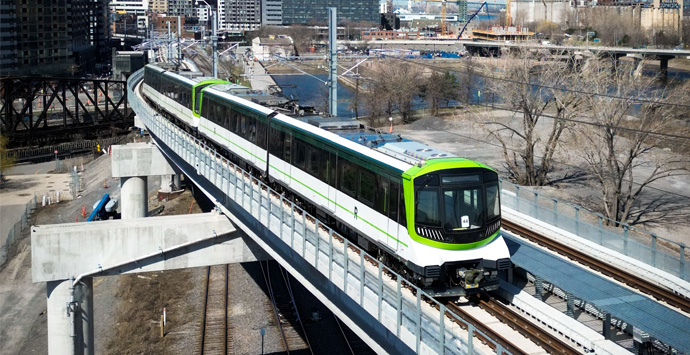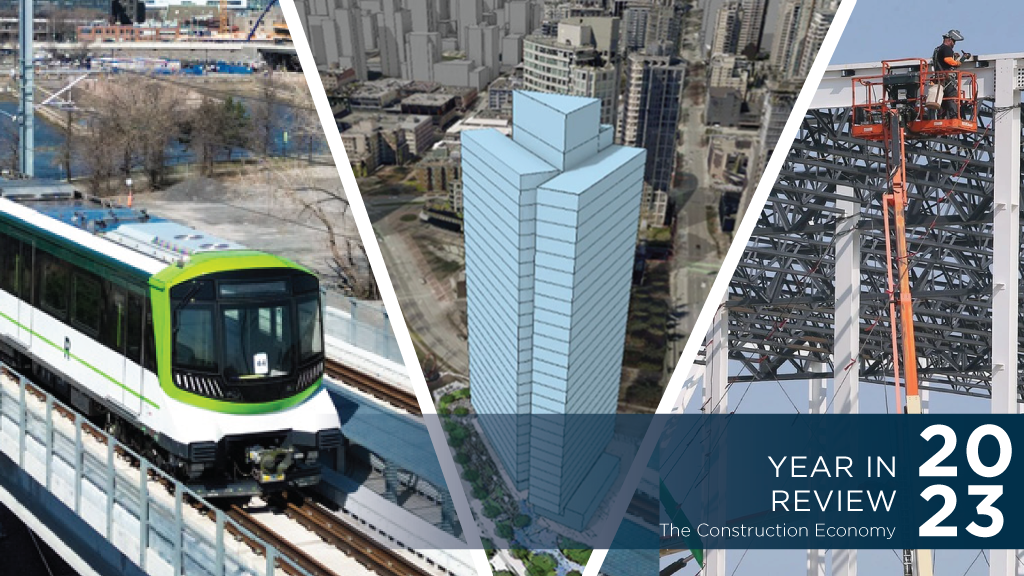Canada’s construction economy showed considerable resilience in 2023 as sectors such as green energy, institutional, public infrastructure and transit were steady employers even if housing showed weakness.
Persistent high interest rates plagued the housing sector through much of 2023, as reported by ConstructConnect’s Daily Commercial News.
ConstructConnect chief economist Alex Carrick wrote in November that total Canadian construction starts had risen 18.7 per cent year to date in Q3 2023, but new residential construction retreated at a double-digit pace. He said Canadian construction starts are expected to rise by eight per cent this year, slowing to 4.6 per cent growth in 2024.
As chronicled by the Daily Commercial News and the Journal of Commerce, earlier in the year, Statistics Canada reported housing investment fell 2.1 per cent in Q2 to post its fifth consecutive quarterly decrease. New construction dropped 8.2 per cent in the quarter, while renovation spending fell 4.3 per cent.

Months later it was RioCan Real Estate Investment Trust contributing to the unease. A November story reported high interest rates and rising costs had halted starts on major new RioCan construction projects.
The company pushed on with existing builds, but chief executive Jonathan Gitlin said the timing isn’t right to put shovels in the ground on new projects.
The shift meant RioCan would continue building the 1.7 million square feet of space under construction, but a further 1.5 million square feet of “shovel ready” projects will have to wait until market conditions improve. The company said it will also continue to push projects through the development and permitting stages.
That report came days after the British Columbia Construction Association (BCCA) released its fall statistics package, reflecting, it said, a “challenging state” for the provincial construction industry.
BCCA and Sage Policy Group’s October 2023 statistical report said investment in buildings in B.C. remained subdued and that a 10 per cent post-pandemic rebound during the first nine months of 2022 had dissipated.
The report said, “A combination of high interest rates and the corrosive impacts of excess inflation have conspired to reignite the slump. Through the first half of 2023, real investment in ICI construction has been essentially flat (minus 1.6 per cent) and remains nearly 14 per cent below its 2019 peak.”

Immigration a big story
According to Carrick, when the history of the year is written, there will be two construction stories: how green megaprojects including EV, battery storage and hydrogen investments have become a foundation of the construction economy, providing steady work amidst weakness in other sectors; and how Canada’s blistering population growth, primarily through immigration, is forcing policy-makers to develop new housing policy on the fly and providing lots of work for the infrastructure sector.
“The population of Canada went up by 1.2 million, that’s an increase of over three per cent per year,” said Carrick. “The U.S. population growth is 0.4 per cent. So think of the difference.
“Ontario added 500,000 people over the latest 12 months, Toronto probably added 250,000 people, there’s never been anything like these kinds of numbers.”
The immediate need is for more housing, Carrick said, pointing to the CMHC’s call for more than three million more units by 2030, or 750,000 per year.
“Canada’s never done that,” he noted.
And there is also a requirement for billions in new infrastructure to support those millions of new Canadians, he said.
New Ontario infrastructure tools
In November, the DCN reported, the Ontario government indicated it had got that message and introduced new tools to tackle the province’s infrastructure gap.
In its fall economic update, the government announced plans to create a new Ontario Infrastructure Bank and also announced a pledge to spend $200 million over three years in a new Housing-Enabling Water Systems Fund, for the repair, rehabilitation and expansion of a variety of municipal water infrastructure projects.
The new infrastructure bank will be responsible for attracting investors to participate in large-scale critical infrastructure projects, with proposed initial funding of $3 billion from the government.

Given continuing workforce shortages and the need to shave costs amidst rising materials costs, the pressure is on constructors to find new ways to build faster, Carrick said, and so 2023 saw a growth in innovative building practices.
The federal government is relying heavily on modular construction in the third iteration of its Rapid Housing Initiative and builders like EllisDon are leaning on prefabrication to meet accelerated timelines.
“There’s a lot more upfront planning to try to eliminate mistakes before they happen, because one of the biggest reasons that projects run late and they run over cost is having to do change orders, where the project has to be changed or, or mistakes fixed,” said Carrick. “Technology does help to enable that through digital versions of projects and that sort of thing. Anything to try to have better planning going into the project in the first place.”
The trials of the office sector have been well documented. PwC recently stated there are many factors holding back CRE industry activity including interest rates which are predicted to stay higher for longer, rising financing costs and less capital being made available for real estate.
As the housing affordability crisis continued, PwC said, the multifamily housing segment offers hope. Recent government initiatives, such as GST relief for new purpose-built projects, are generating interest in the sector.
“Governments are introducing policies to streamline housing approvals and remove tax barriers, while industry players are exploring innovative solutions to address the issue,” stated PwC.











Recent Comments